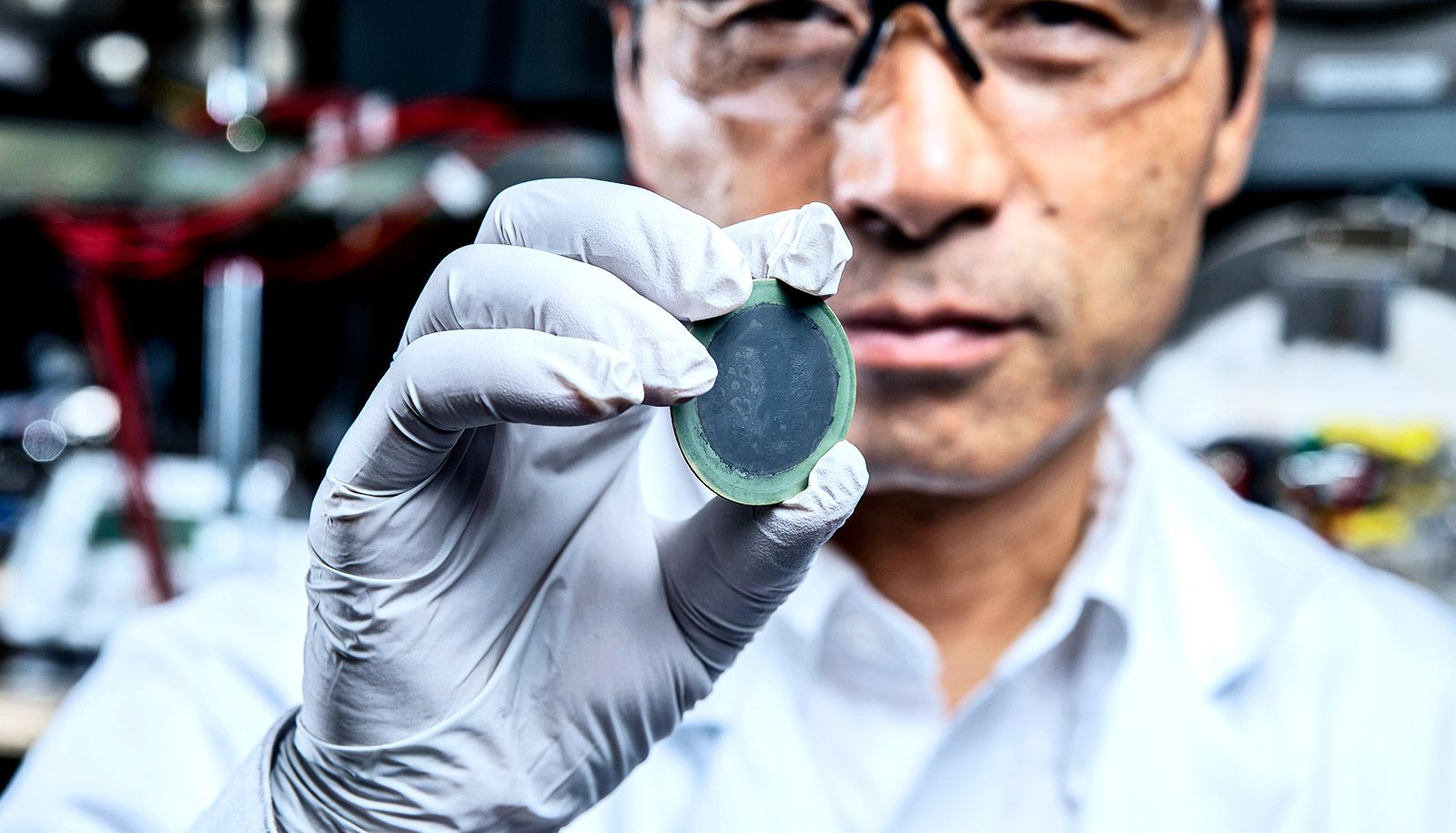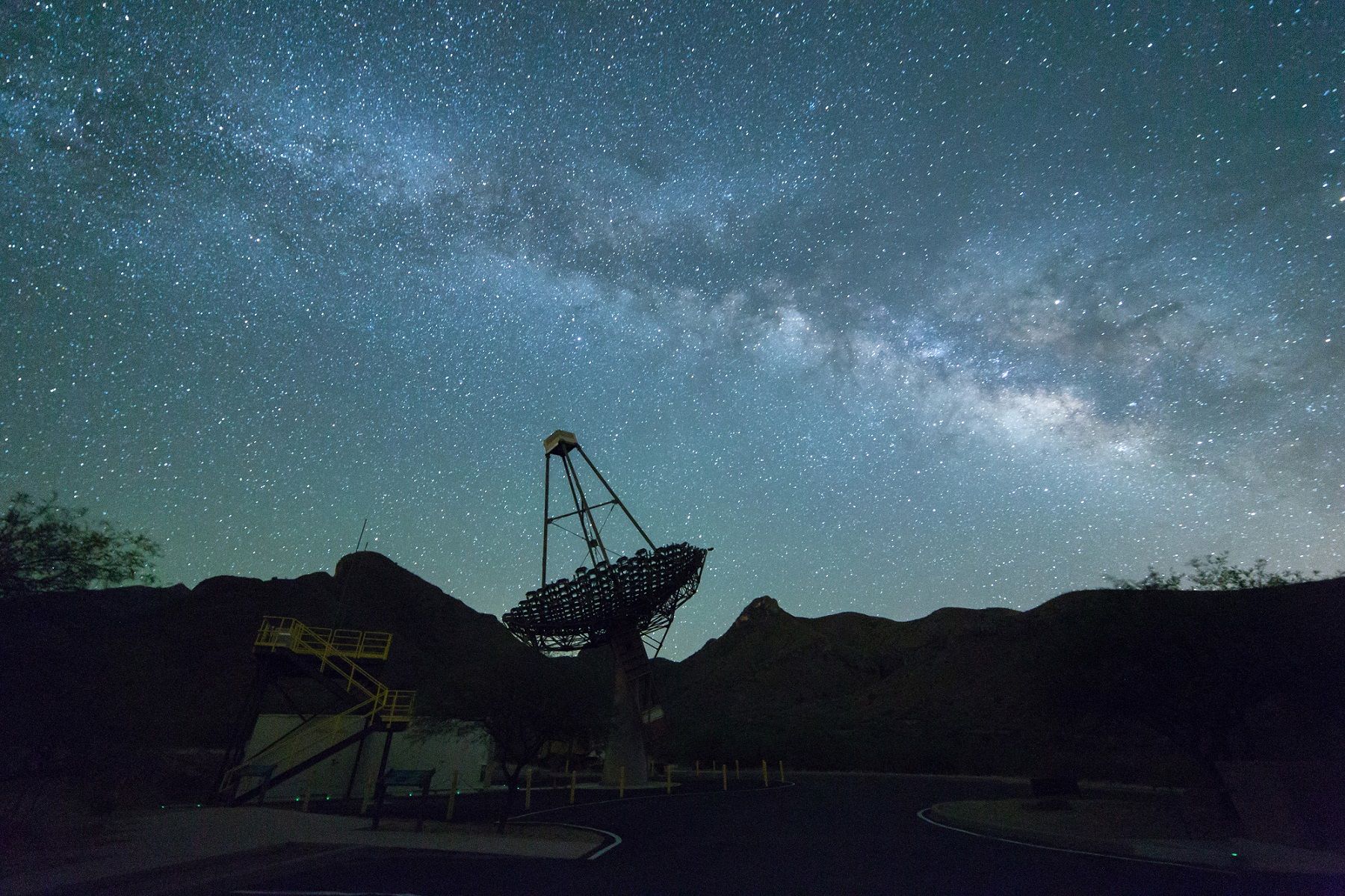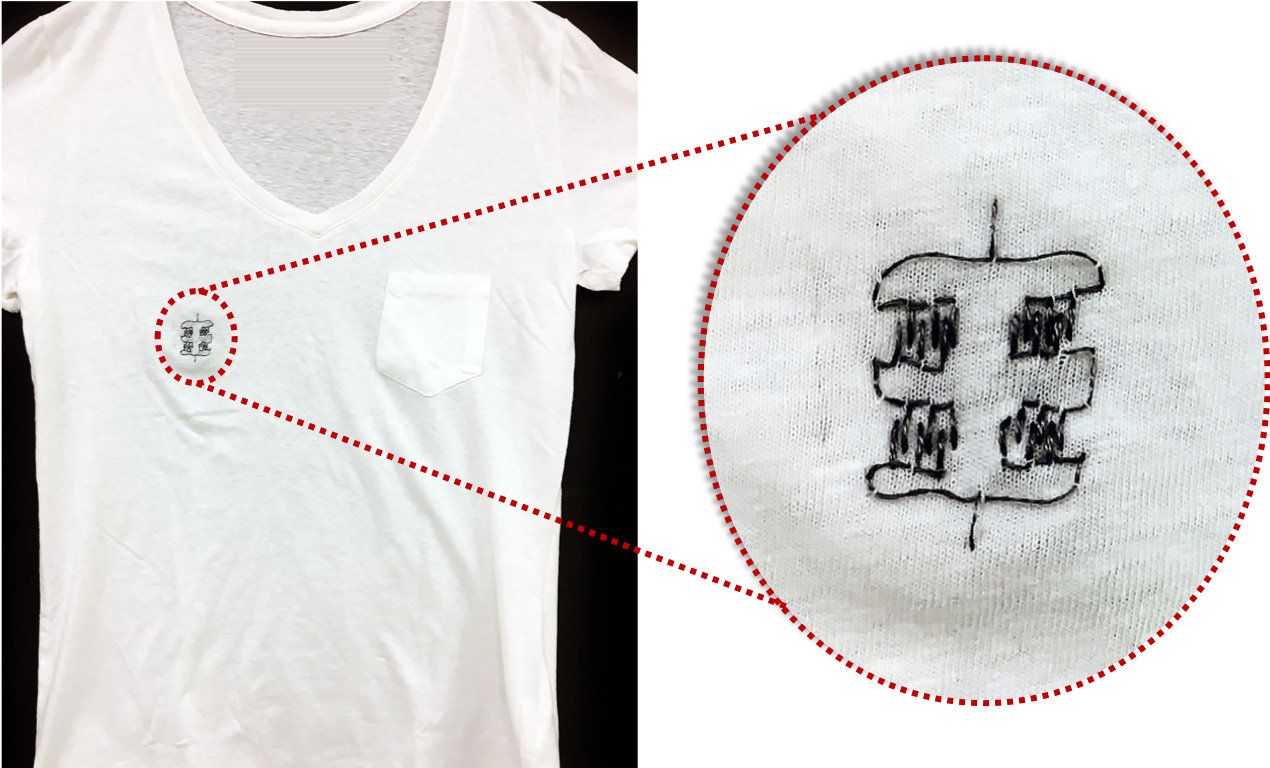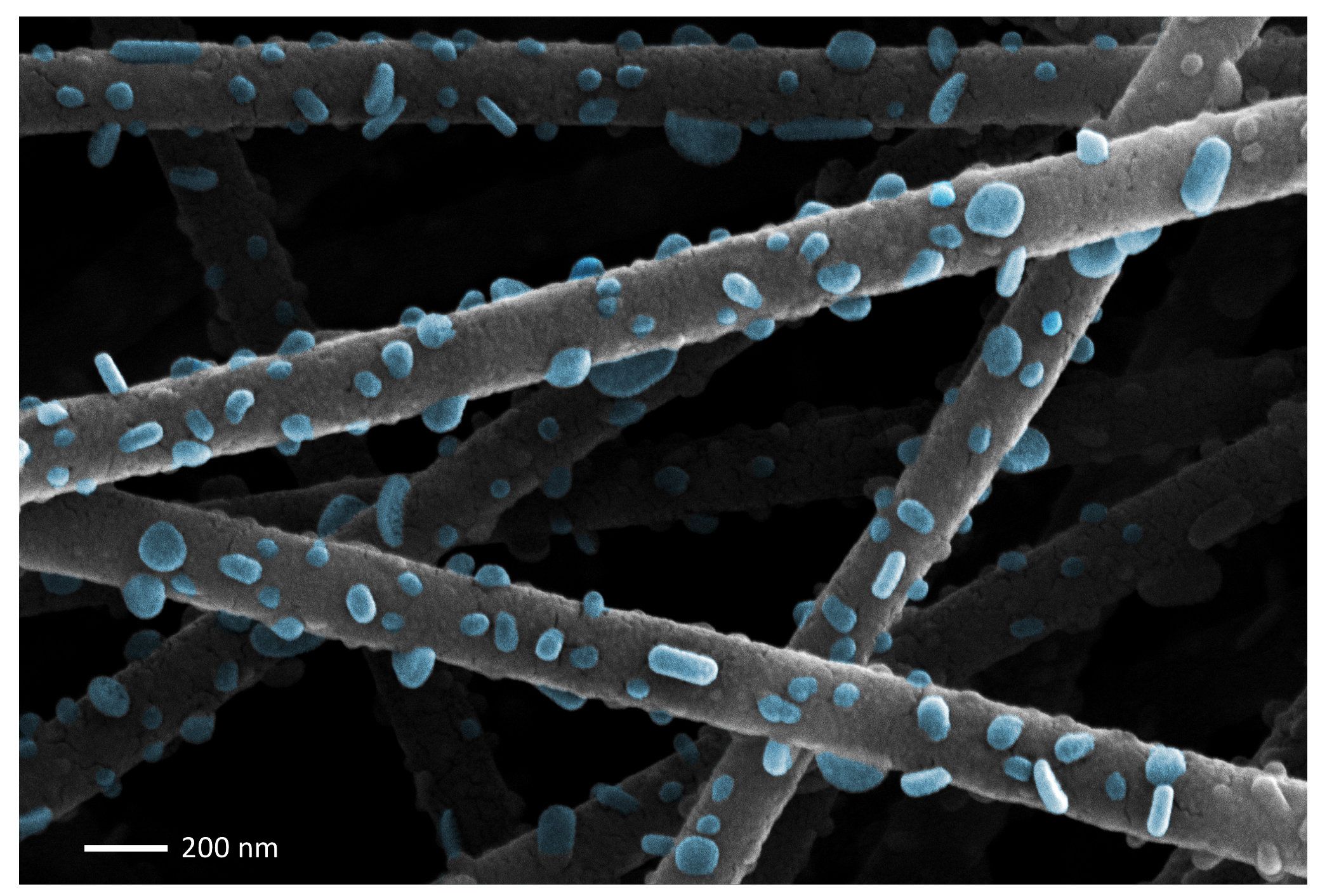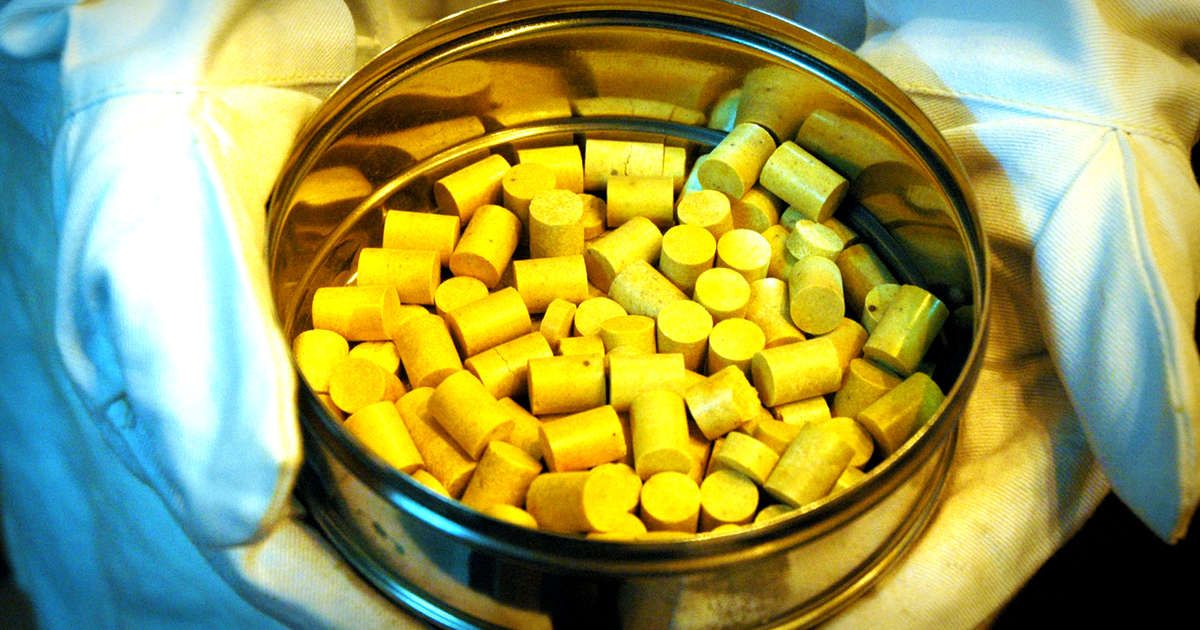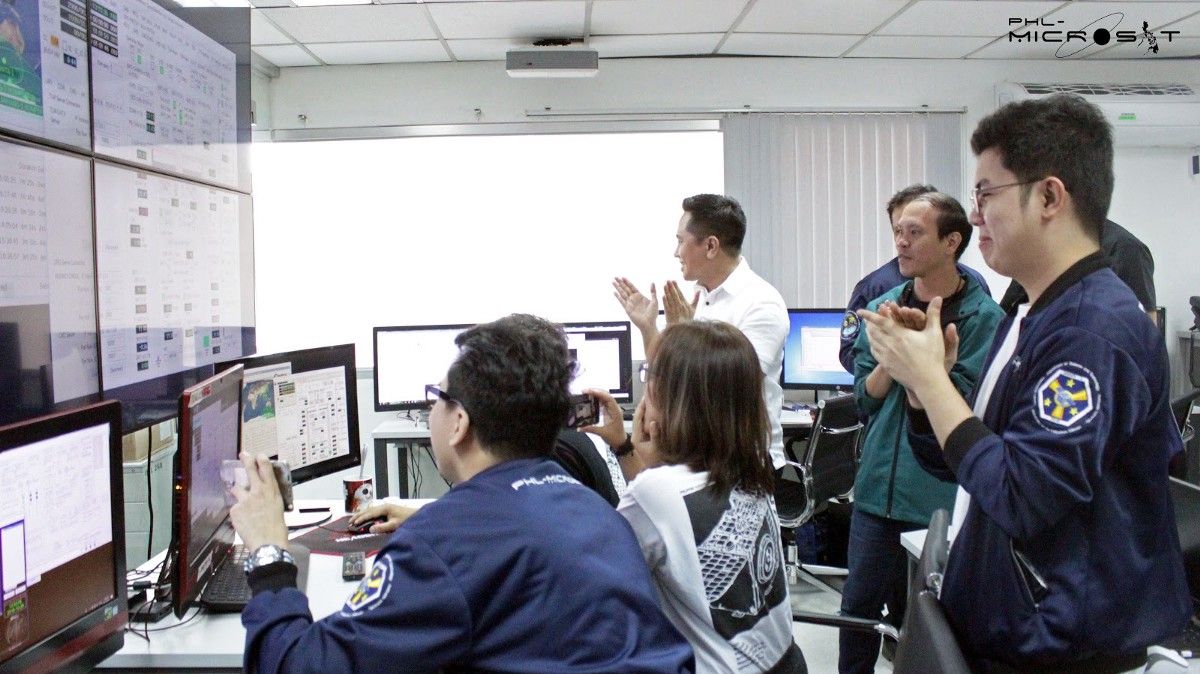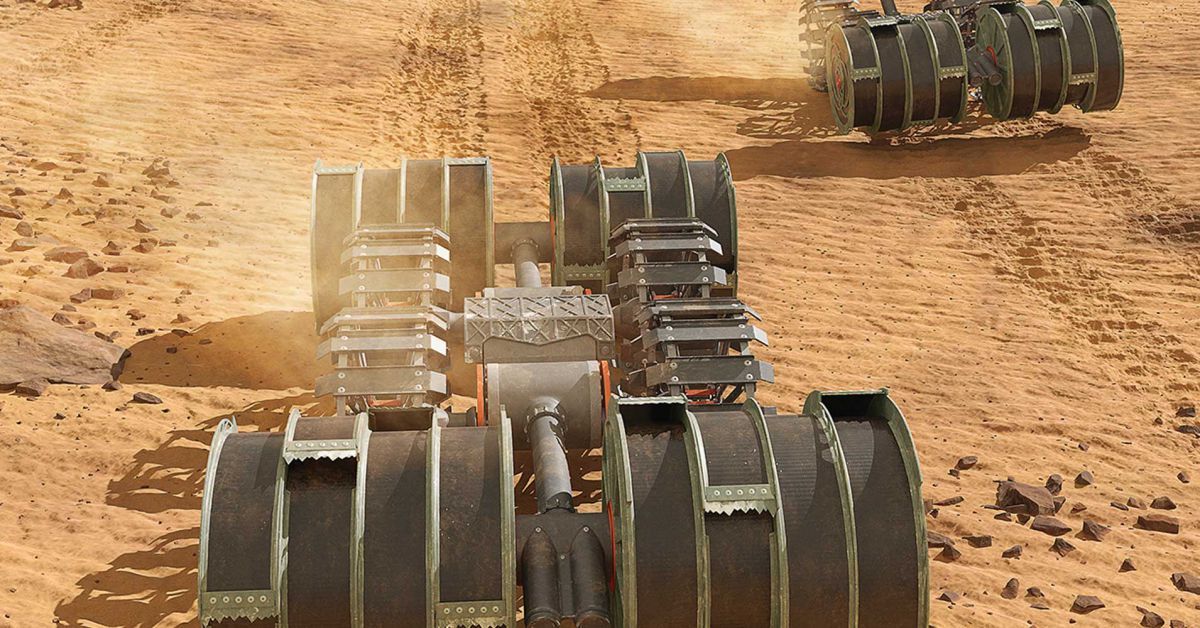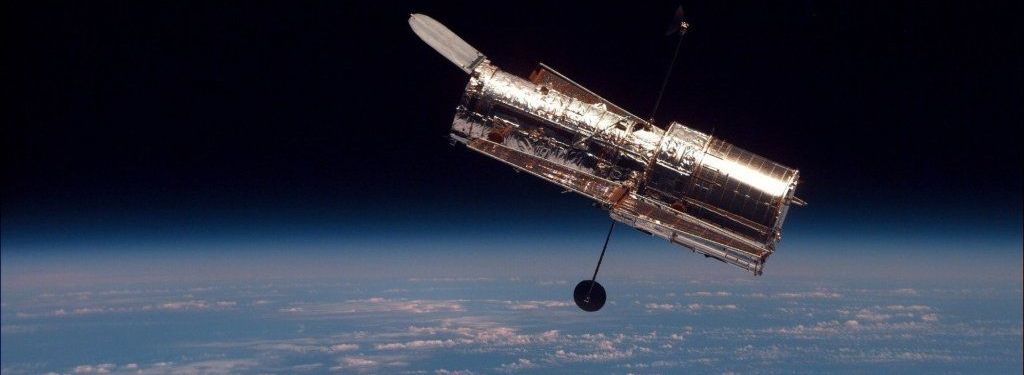The new fuel cell could be a cheaper, more practical way to generate energy to heat homes and eventually run cars.
Category: energy – Page 296
A major factor holding back development of wearable biosensors for health monitoring is the lack of a lightweight, long-lasting power supply. Now scientists at the University of Massachusetts Amherst led by materials chemist Trisha L. Andrew report that they have developed a method for making a charge-storing system that is easily integrated into clothing for “embroidering a charge-storing pattern onto any garment.”
It’s an unfortunate fact that a large percentage of people have some sort of trouble with their vision. Even if you don’t at the moment, every human eventually has enough trouble focusing both near and far that they’ll need glasses for one or the other as they age. Our pupils become more limited also, with young eyes able to expand and close from about 2mm to 8mm, while in seniors they hardly change size at all. Exposure to the wrong kinds of light can also lead to eye issues later in life.
Fortunately, there are a variety of high-tech solutions either available or planned that can help us delay, or workaround, or even prevent some of these problems. For many of us, the only time we think about getting new glasses or a different kind of contact lenses is when our prescription changes. But that old pair of glasses you’re wearing doesn’t include the latest high-tech advances, which might turn out to be important to you. Similarly, there is increasing competition in contact lenses as well. We’ll cover some of the most important advances below.

There is no question that UV radiation can be bad for you. However, it is only recently that scientists have realized that we hadn’t been going far enough with UV protection. Historically “UV380” was considered adequate for sunglasses. That certified that UV light below 380 nm was filtered out. But, while the light radiation from 380 nm to 400 nm may not contain as much energy, it is also the only UV light that makes it all the way to the retina. As a result, it can be a contributing factor in macular degeneration. Unfortunately, the time to start blocking UV is when you’re young, long before you typically think about or experience macular degeneration. But in any case, better late than never.
Contact successful!
Diwata-2 was successfully launched to space on October 29, 2018 at 12:08 GMT+08 from the Tanegashima Space Center in Japan via H-IIA F40 rocket. It is one of the small satellites piggybacked with the main payloads IBUKI-2, also known as GOSAT-2 (JAXA’s Second Greenhouse Gases Observing Satellite), and KhalifaSat, a remote sensing Earth observation satellite developed by the Mohammed bin Rashid Space Centre (MBRSC) in the United Arab Emirates. The other small satellites are the Japanese-made Tenkou, PROITERES-2, Stars-AO, and AUTcube-2. Diwata-2 was inserted into the Sun-Synchronous Orbit at an altitude of 621 km, 43 minutes and 20 seconds after rocket lift-off.
On Oct 29, 2018 at 13:52 GMT+08, initial contact was established between Diwata-2 and the Ground Receiving Station (GRS) located at the Department of Science and Technology Advanced Science and Technology Institute (DOST-ASTI). Short telemetry data was received from the satellite on that day. Diwata-2 was initially tracked using pre-launch orbital parameters. As of 12:40 PM yesterday, October 31, 2018, the GRS can now read the satellite’s status, including vital signs such as fully charged batteries, normal power consumption, and good communication link. Commands were successfully sent and initial check procedures will continue throughout the first week from launch. Initial image captures from the cameras can be expected in the coming days.
Another milestone for Philippine space initiatives
After a gyroscope failure put the Hubble Space Telescope out of action on October 5, NASA engineers finally see an end to its troubles. They have its backup gyroscope operating within a normal range and expect science operations to resume imminently.
The space telescope entered a low-power safe mode in early October, suspending science operations while engineers here on Earth diagnosed, then attempted to fix the problem.
At maximum efficiency, Hubble uses three gyroscopes for orienting itself to observe a target in the sky. These gyros measure the speed at which the telescope turns, so that it can be aimed accurately.
